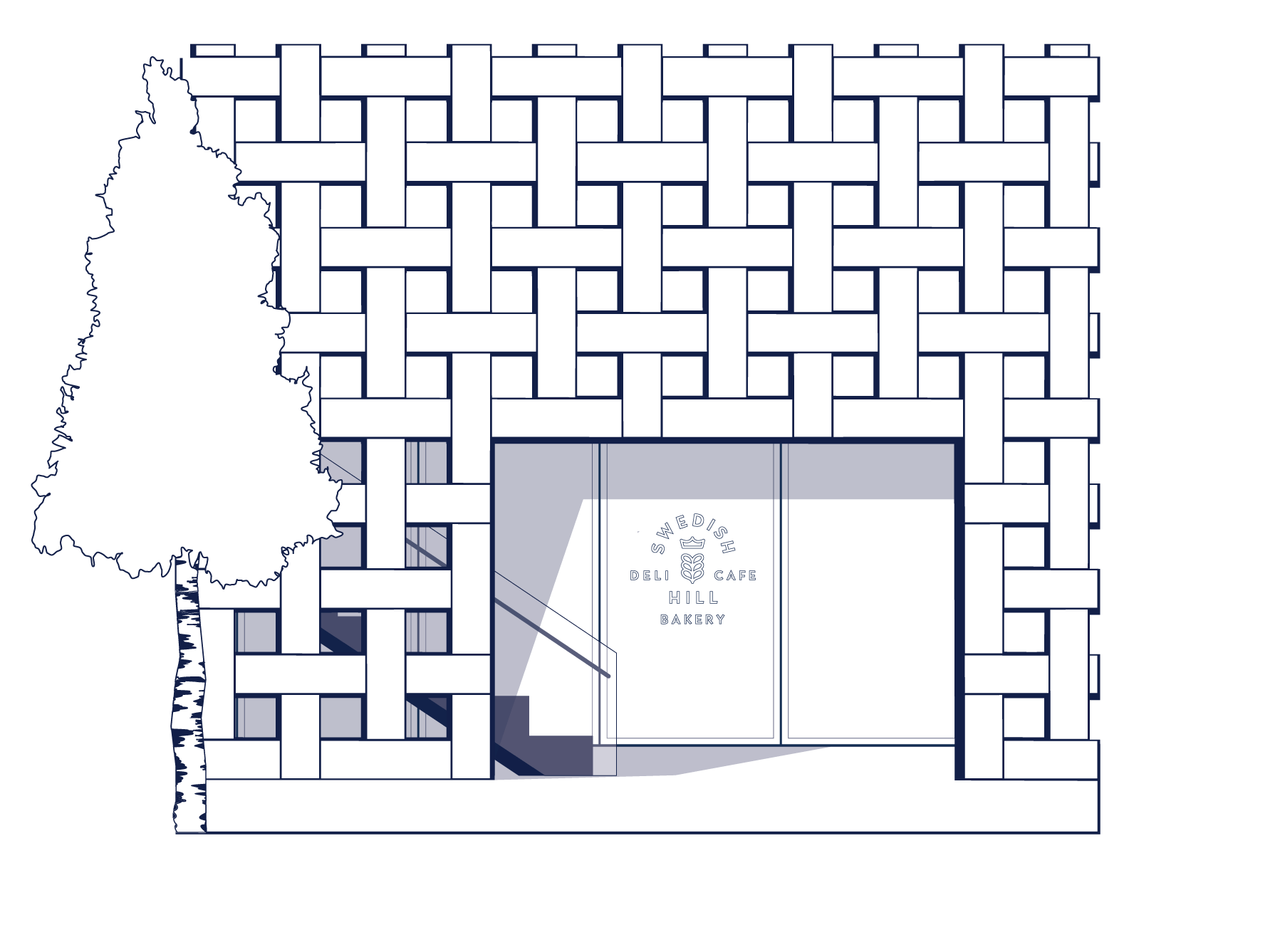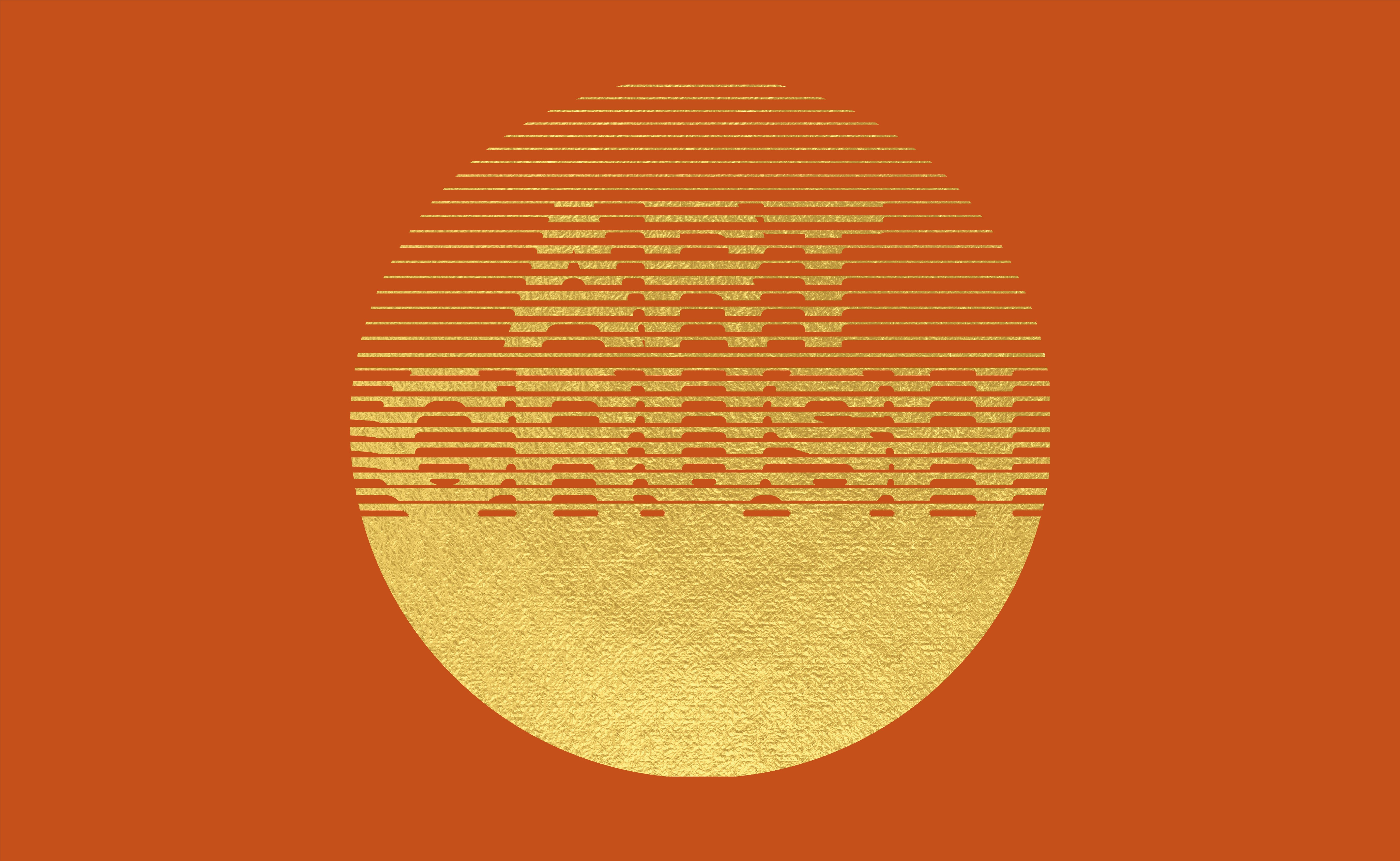Aspen Art Museum
- Join us on May 15 for engaging presentations by our esteemed 2024 Artist Fellowship recipients!
- Categories
- All events
- Talks and Lectures
- Member Events

- For more information on how you can join the AAM, please visit the Street Level Visitor Information Desk, inquire in the Shop, or call 970.925.8050.

- Swedish Hill Café is now open with extended hours from 8 AM–5 PM

- Aspen Art Museum is an artist-founded institution dedicated to supporting artists in the development of bold ideas to shape our museum and the field of art today.
Gary Simmons
2022 Aspen Award for Art
ArtCrush
2024
Race isn’t black and white, but it’s taught that way, from the jiving of children’s cartoons to the white-on-black of a history lesson. Racism, Simmons seems to say, begins at school. Many of his early sculptures formalize the odd dry statement of fact that accompanies this base layer of systemic bigotry.
Even when the move seems easy, he only makes it look that way. Mr. Klan Man from 1991, a foot-high statue of a Klansman enclosed behind a picket fence, casts the white supremacist in the role of the racist lawn jockey. But the picket-fence pen, the American dream, is also a crib, nurturing the next full-sized hatred. Along the way, they’ll go to school—Six-X, from 1989, one of Simmons’s best-known pieces, comprises a metal rack reminiscent of the schoolroom cubbies hung with six child-size Klan robes. These little Klanspeople are a bit funny, but in a deadly way, much like Philip Guston’s freshly controversial, slapstick Klans-man paintings. Of course, cartoons are meant to be violent, heaving between candied escapism and a sort of elastic conditioning for the brutalities life brings. A new installation by Simmons, You Can Paint Over Me But I’ll Still Be Here (2021), offers an ominous sort of hope. The cafeteria tables are folded up and freshly painted, waiting for the new year-except the graffiti is peering around the paint job, like the hard edge of innocence, while the black-minstrel crows from Disney’s Dumbo(1942) still hulk on the tables’ sides.
Instead of “eracism,” think of Simmons’s update of action painting as an exercise without a winless like Jackson Pollock expressing himself on the barn floor than Vito Acconci boxing his own shadow. He works with tweaks, slips, inversions, but never knockout blows. In Everforward…, a sculpture from 1993, two white boxing gloves hang from their laces. Where it would read “Everlast” in the trademark font, one is embroidered in gold thread with “Everforward,” the other with “Neverback.” Enter the ring, then: Step into the Arena (The Essentialist Trap) from 1994 is a boxing ring, the mat of which is black with feet drawn in white chalk, as if replicating dance steps; pairs of black tap shoes drape over the ropes, like battered combat-ants or sneakers in the city.
In Simmons’s paintings, row houses burn and so does the Hollywood sign. They burn but don’t burn up. What would it look like if there were, so to speak, no final bell—if the class and the fight and the painting and the human race kept going? It might be more like a dance, hosted on a wooden stage in front of an oddball bank of speakers vibrating in the night. In 2014, for the Prospect.3 Biennial in New Orleans, Simmons made such a stage, Recapturing Memories of the Black Ark, from scrap wood from the Treme neighborhood. The city, and that low-lying area of town in particular, still remain ravaged by 2005’s Hurricane Katrina as much as by the uneven gentrification that followed. To design the work—a sort of arena, a conceptual platform—Simmons looked to Lee “Scratch” Perry and the ethos of dancehall, where a lack of high-end instruments and recording gear led to innovative sounds produced with metal gratings and other scraps.
ArtCrush
2024
free courtesy
Amy & John Phelan
- Aspen Art Museum
- 637 East Hyman Avenue
- Aspen, Colorado 81611
- t: 970.925.8050
- f: 970.925.8054
- info@aspenartmuseum.org
| Hours |
|
Tuesday–Sunday, 10 AM–6 PM
Closed Mondays
|
© 2024 Aspen Art Museum
General operating support is provided by Colorado Creative Industries. CCI and its activities are made possible through an annual appropriation from the Colorado General Assembly and federal funds from the National Endowment for the Arts.



General operating support is provided by Colorado Creative Industries. CCI and its activities are made possible through an annual appropriation from the Colorado General Assembly and federal funds from the National Endowment for the Arts.














